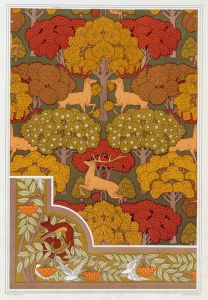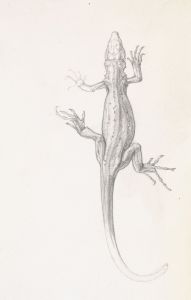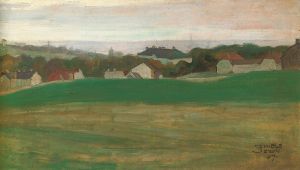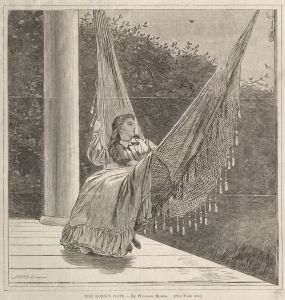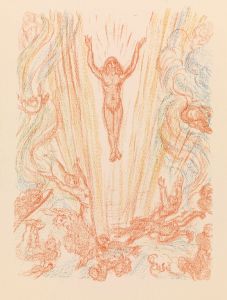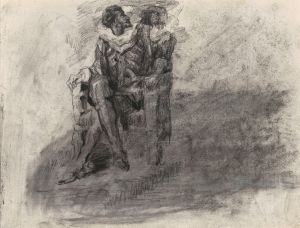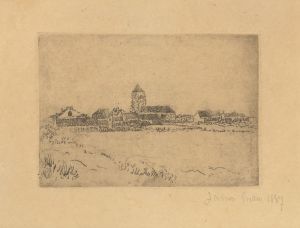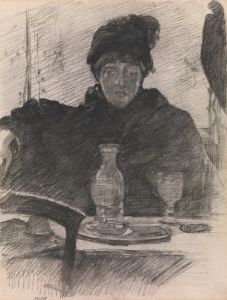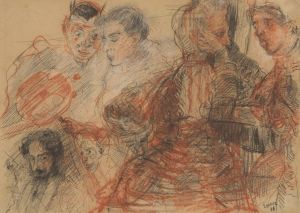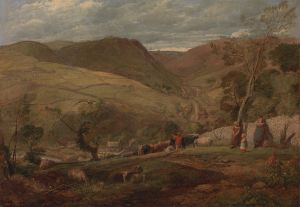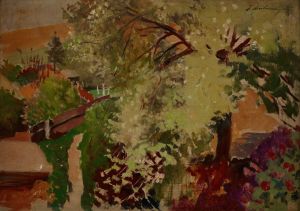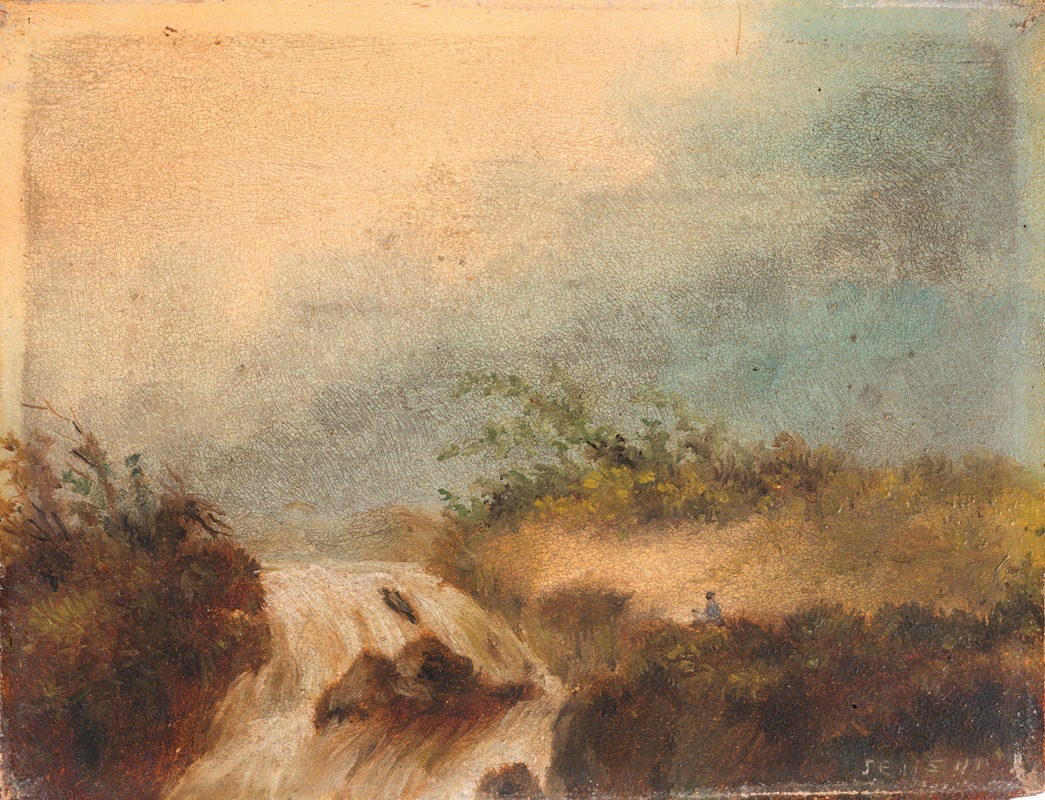
Landschap met waterval
A hand-painted replica of James Ensor’s masterpiece Landschap met waterval, meticulously crafted by professional artists to capture the true essence of the original. Each piece is created with museum-quality canvas and rare mineral pigments, carefully painted by experienced artists with delicate brushstrokes and rich, layered colors to perfectly recreate the texture of the original artwork. Unlike machine-printed reproductions, this hand-painted version brings the painting to life, infused with the artist’s emotions and skill in every stroke. Whether for personal collection or home decoration, it instantly elevates the artistic atmosphere of any space.
James Ensor, a prominent Belgian painter and printmaker, is known for his unique and often surreal style that blends elements of symbolism and expressionism. However, there is no widely recognized painting titled "Landschap met waterval" by James Ensor. Ensor's oeuvre primarily consists of works that explore themes of masks, skeletons, and satirical depictions of society, rather than traditional landscapes.
Ensor was born in 1860 in Ostend, Belgium, and spent most of his life there. His early works were influenced by the Impressionists, but he soon developed his distinctive style characterized by vivid colors and fantastical imagery. Ensor's most famous works include "The Entry of Christ into Brussels in 1889" and "Skeletons Fighting Over a Pickled Herring," which showcase his penchant for the grotesque and the theatrical.
Throughout his career, Ensor was associated with the avant-garde group Les XX, which was a collective of artists that included other notable figures like Théo van Rysselberghe and Fernand Khnopff. This group was instrumental in promoting modern art in Belgium and provided Ensor with a platform to exhibit his unconventional works.
Ensor's work often reflects his fascination with the macabre and the absurd, drawing on his experiences growing up in a family that ran a curiosity shop filled with exotic and bizarre items. This background influenced his artistic vision, leading him to create works that challenge traditional norms and explore the darker aspects of human nature.
Despite his significant contributions to modern art, Ensor's work was not always well-received during his lifetime. Many of his contemporaries found his style too radical, and it wasn't until later in his career that he gained broader recognition. In 1929, he was knighted by King Albert I of Belgium, and in 1933, he was appointed a baron, marking his acceptance into the mainstream art world.
Ensor's legacy continues to influence artists today, and his works are housed in major museums around the world, including the Royal Museums of Fine Arts of Belgium in Brussels and the J. Paul Getty Museum in Los Angeles. His unique approach to art, characterized by a blend of humor, satire, and a deep exploration of the human condition, ensures his place as a pivotal figure in the history of modern art.
Given the lack of specific information about a painting titled "Landschap met waterval" by James Ensor, it is possible that this title may be a mistranslation, a lesser-known work, or a misattribution. Therefore, without further verifiable details, it is not possible to provide a detailed description or analysis of such a painting.





